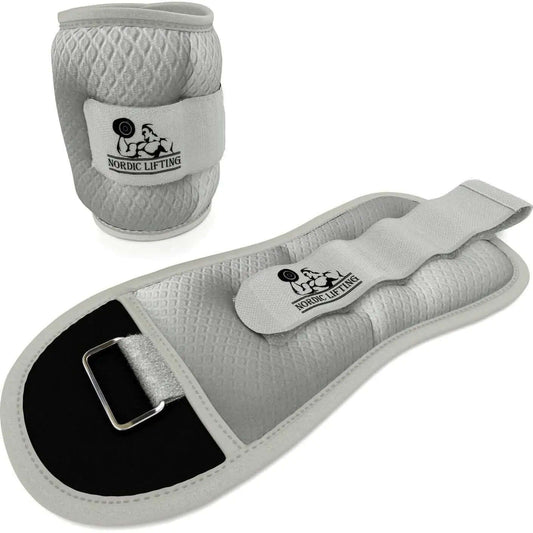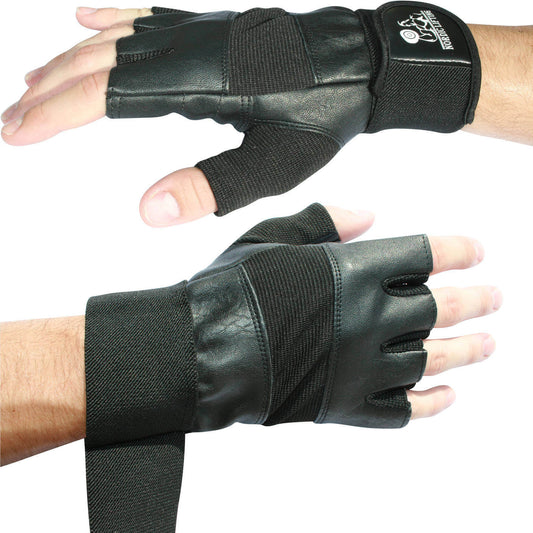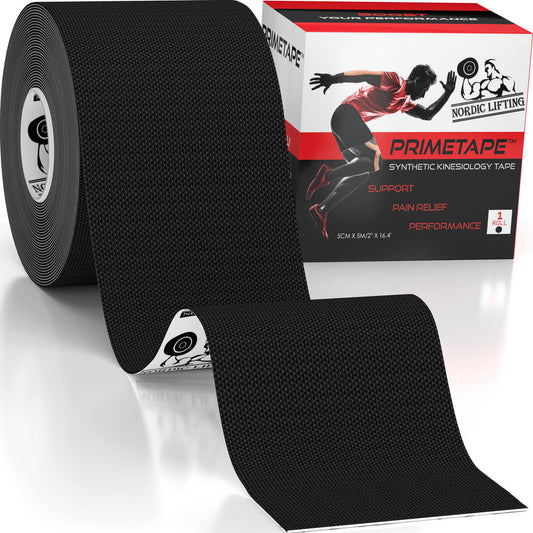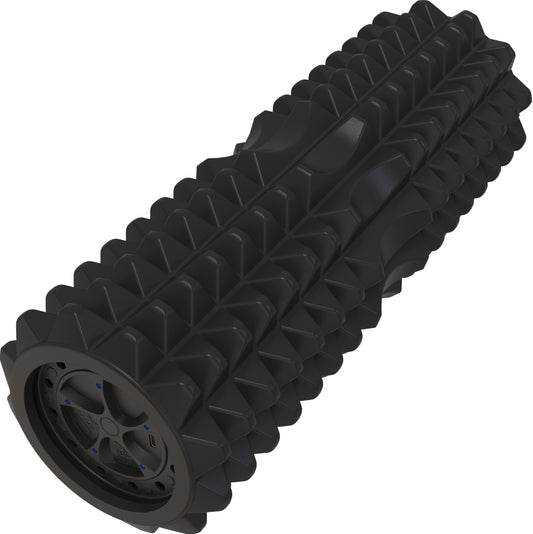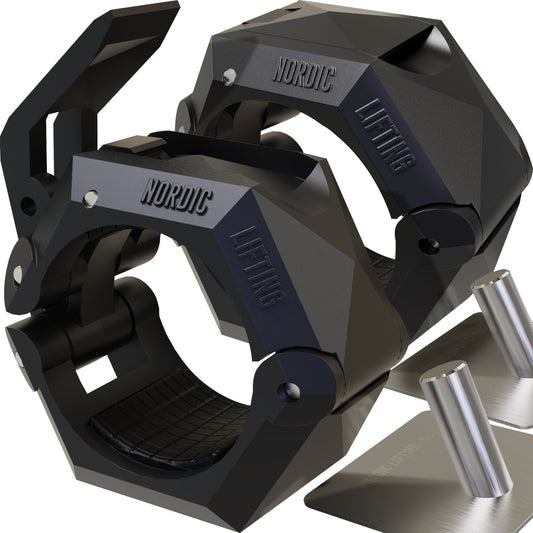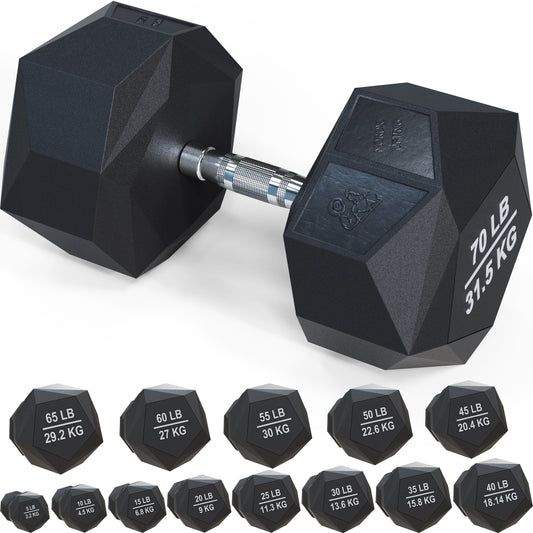You can be the embodiment of “40 is the new 20”, when you incorporate a healthy and active lifestyle while you're still young. Some women have the common notion that strength training may turn them into "muscle heads," but since women have lower testosterone levels than men, lifting weights will not result in the same growth in muscle as men.
So don't worry; go to the gym and maintain your fitness level for the rest of your life. Have a look at this article to discover more things you can do to improve your life, develop good habits, and add to your daily physical activity.
Embracing Your Body at 40
As you age, fitness and having an active lifestyle become more important. As your body and age change, your fitness routines must change accordingly to avoid injuries and other illnesses. Women over 40 are more prone to illness, discomfort, and, at worst, chronic pain. This is why being active and always moving is recommended. These small changes in your lifestyle can minimize your risk of heart related diseases and osteoporosis.
Here are some other ways to take care of your body:
Begin Preventative Health Care
As early as possible, even before 40, you should take proactive steps towards maintaining your health and wellbeing. Set up appointments for health assessments and vaccines as part of several preventive measures. It is preferable to have a professional support your active style of living and give you personalized health advice.
Enough Sleep
It's not uncommon to underestimate the advantages of getting adequate sleep. Quality sleep is associated with better eating habits, maintaining your mental and emotional health, recovering from stress, and recovering your body after exercise, in addition to making you totally energized the next morning.
Take Care of Your Vision
Many adults may experience difficulty seeing clearly at close distances beginning in their early to mid-40s, especially when reading or working on a computer. Even if you have no problems with your vision, it's important to visit an ophthalmologist for a general eye condition screening at age 40. At this age, early disease symptoms and vision irregularities commonly appear.
Eat Breakfast Regularly
Your body functions best when you have breakfast, since it gives you energy to start the day. It also helps enhance heart health, lessen diabetes risk, reduce brain fog, and maintain a healthy weight. Your healthy metabolism depends heavily on your first meal of the day. In essence, you are refueling your body for a full day of exercise and a high level of energy.
- Eat little meals every three to five hours.
- Small meals every three to five hours throughout the day might increase your energy efficiency and aid in weight loss.
- Every meal should contain 30 grams of protein. You'll be able to keep up your muscle mass.

Start Lifting
Even if you're over 40, it's still possible to gain muscle. You will develop more anabolic resistance with time, so you won't be as "reactive" to resistance exercise. This doesn't mean you won't notice that it gets bigger, but it does mean that you need to put more emphasis on doing things properly.
Lifting weights at least twice a week is essential for maintaining bone and muscle mass. This is due to the gradual loss of muscle mass that occurs after age 35, which causes a decrease in metabolism and bone density.
Design Your Lifting Program
Women over 40 find it more challenging to maintain an effective training regimen than those under 40 due to a number of reasons. You just need to change your workout routines and be aware of your limits.
Never let anything discourage you. It has been proven that lifting weights is the only form of exercise that can prevent the loss of bone density and muscle mass.
How Many Sets and Reps Should You Do?
Your fitness goal will dictate the number of sets and reps you should perform if you're in your forties. For adults lifting weights, the American College of Sports Medicine (ACSM) suggests the following sets and reps:
- Do 2 to 6 sets of 8 to 12 repetitions with a rest period of 1 to 3 minutes, to increase strength.
- Complete 2 to 4 sets of 10 to 25 reps with 30 to 60 seconds of rest between sets to increase muscle endurance.
- To build strength and muscular definition, it's a good idea to aim for 3 to 5 sets of 10 to 20 repetitions and gradually raise your weight.
Set a Goal
If you want to be successful in your fitness goal, you should firmly set one. Once you set a goal, seeing your progress will keep you going. You need to know where you are going and what your end game will be to be able to commit to that.
Here are a few factors you should consider when choosing what kind of lifting you want to do:
Strength and Power Training
Natural aging causes a loss of lean muscle mass. Therefore, you can either lose it or maintain it to make it better. Strength training has multiple positive effects on health, including a lower risk of heart disease and diabetes, stronger bones, enhanced brain and mental health, and higher self-esteem.
Weightlifting at the gym is only one aspect of strength training. Your body weight, resistance bands, free weights, or even objects from around your home can all be used to complete a good strength-training plan.
Hypertrophy Training
Resistance exercise, known as hypertrophy, aims to make muscles bigger on a physical level. It may take several months before you see any improvements, but there are many ways it will be beneficial to your health.
Gain tons of muscle with high-intensity sets that nearly cause muscular failure but sets with 12–20 repetitions may be more efficient for you because they won't tire you out as quickly as heavier sets with 8–10 repetitions.
Fuel Your Workouts

No matter what your goal is—losing weight or gaining muscle—you need to eat right and fuel your body with the right amount of energy.
Carbs for Brain and Muscle
The more active you are, the more carbs you need, especially when you’re over 40. Choose nutritious carbs like brown rice, quinoa, whole-grain bread and pasta, sweet potatoes, fruits, and vegetables.
For an average workout: Eat between 3 and 5 grams of carbs for every kilogram of body weight if you are in good shape and want to fuel a daily, light-intensity workout.
For a longer workout: You need 6 to 10 grams of carbohydrates per kilogram of body weight if you work out for more than an hour each day.
Protein for muscle repair
Foods that are rich in protein are important for building and repairing muscles. The key function of the proteins in our diets is to build and fix tissues, including the muscle cells that are damaged during exercise and temporarily worn out.
Pro Tip: Depending on your level of activity, an individual's daily calorie intake should contain 15–30% protein. The higher the intensity, the more protein you should consume.
Here are some high-protein foods that can help you repair and build your muscles:
- Eggs. Aside from high-quality protein, eggs are loaded with nutrients like B vitamins and brain boosters.
- Salmon. Each 85-gram salmon contains 17 grams of protein and 1.5 grams of omega-3 fatty acids.
- Chicken breast. Each 85-gram serving of chicken breast is packed with 26.7 grams of high-quality protein.
- Greek yogurt. This type of yogurt contains a double amount of protein compared to regular yogurt.
- Peanut butter. You’ll be surprised that peanut butter has protein and healthy fats, making it the perfect partner for your wheat bread.
Fats for energy
Don't confuse fat with a bad thing. It is, in fact, essential to a healthy diet as it provides energy and helps your body absorb vitamins such as A, D, E, and K.
Here are some healthy unsaturated fats that will benefit your body:
- Avocado. A half avocado (100g) offers 160 calories, 2 grams of protein, 8.5 grams of carbs, and 14.7 grams of fat.
- Flaxseed. It contains a type of omega-3 fatty acid that is good for your heart health.
- Olives. Olives are great sources of healthy fats and have a low-calorie density, which may help you feel fuller longer and replace less healthy fats in your diet.
- Cheese. A healthy fat present in high-fat cheeses like blue cheese, Brie, and cheddar may help prevent obesity and heart disease, as well as inflammation.
- Whole grain. Even if consuming whole grains does not result in weight loss, it can result in a healthy distribution of body fat.
Takeaway
It is natural that you will start to lose endurance and muscular mass as you age. Lifting weights, doing strength training, and engaging in other physical activities can help you slow the loss of your strength and power as you age.
It's important to keep in mind that, despite your busy lifestyle, incorporating exercise into your daily routine will help you preserve your mobility and independence well into the future.
FAQs
1. Is strength training safe for people over 40?
Yes, when done correctly and with proper supervision, strength training is generally safe and beneficial for those over 40.
2. Should I consult a doctor before starting strength training over 40?
It's advisable to consult a healthcare professional before starting any new exercise program, especially if you have medical concerns.
3. How do I prevent injury while strength training as I age?
Warm up adequately, use proper form, gradually increase weights, and listen to your body to avoid overexertion.
4. Can strength training help with age-related muscle loss (sarcopenia)?
Yes, strength training can help combat muscle loss and maintain muscle mass as you age.
5. Are there any dietary considerations for strength training over 40?
Ensure you have a balanced diet with adequate protein and nutrients to support muscle recovery and growth.







